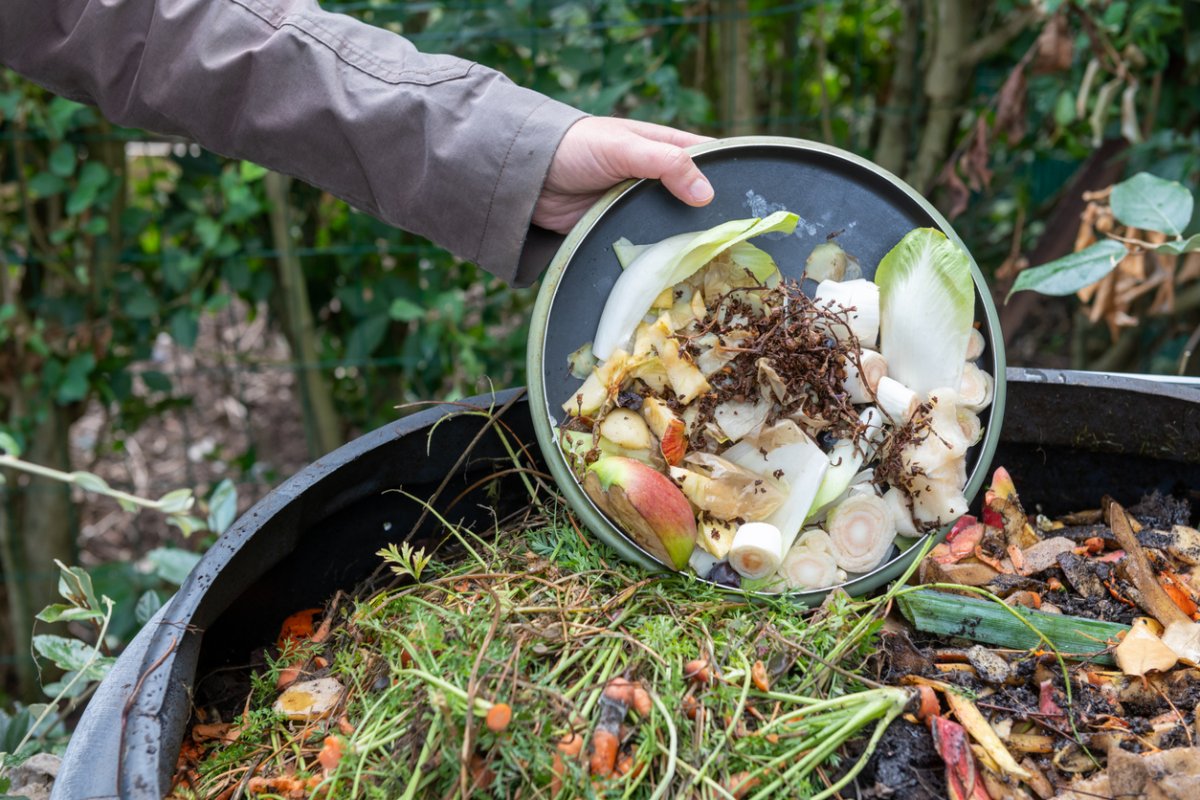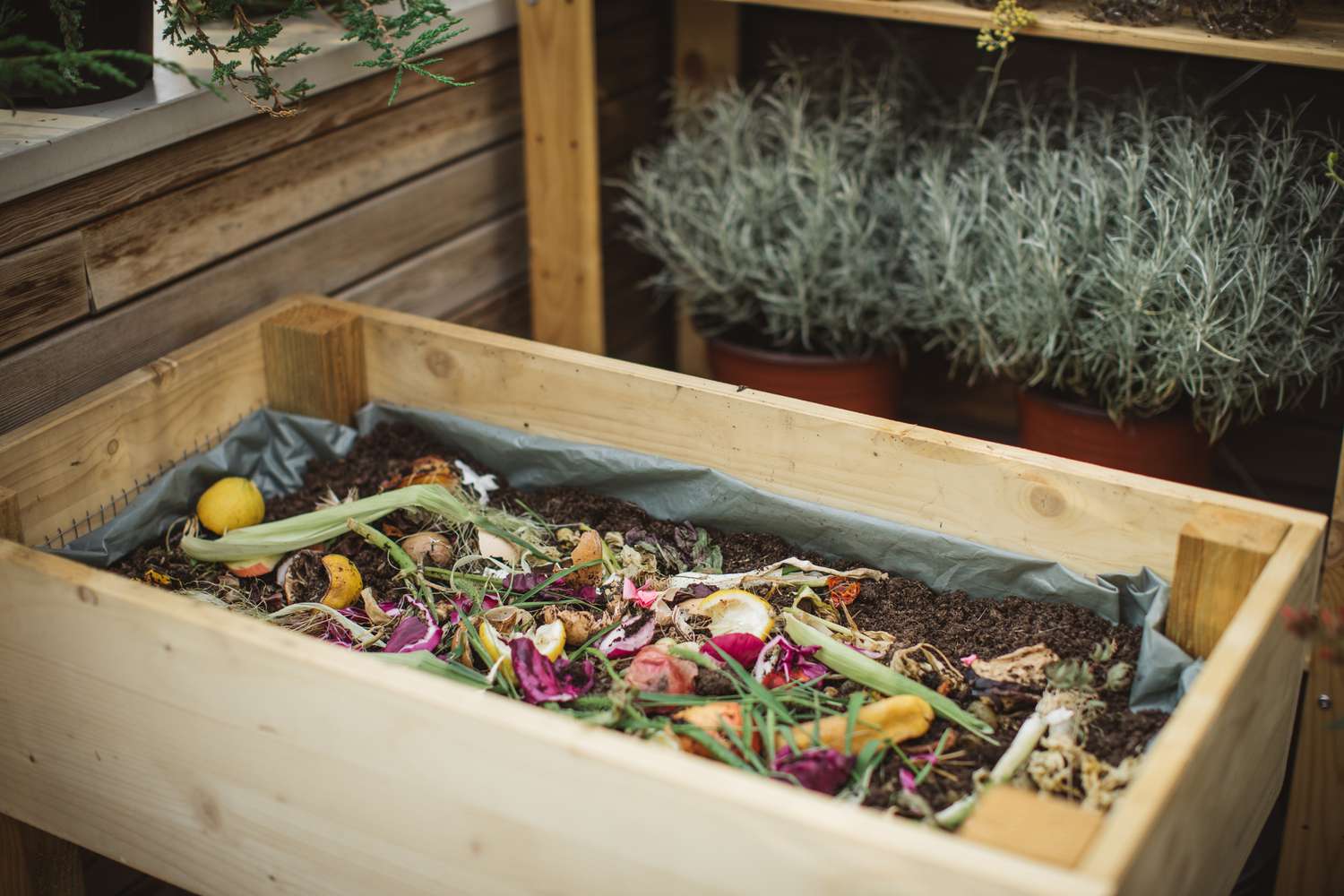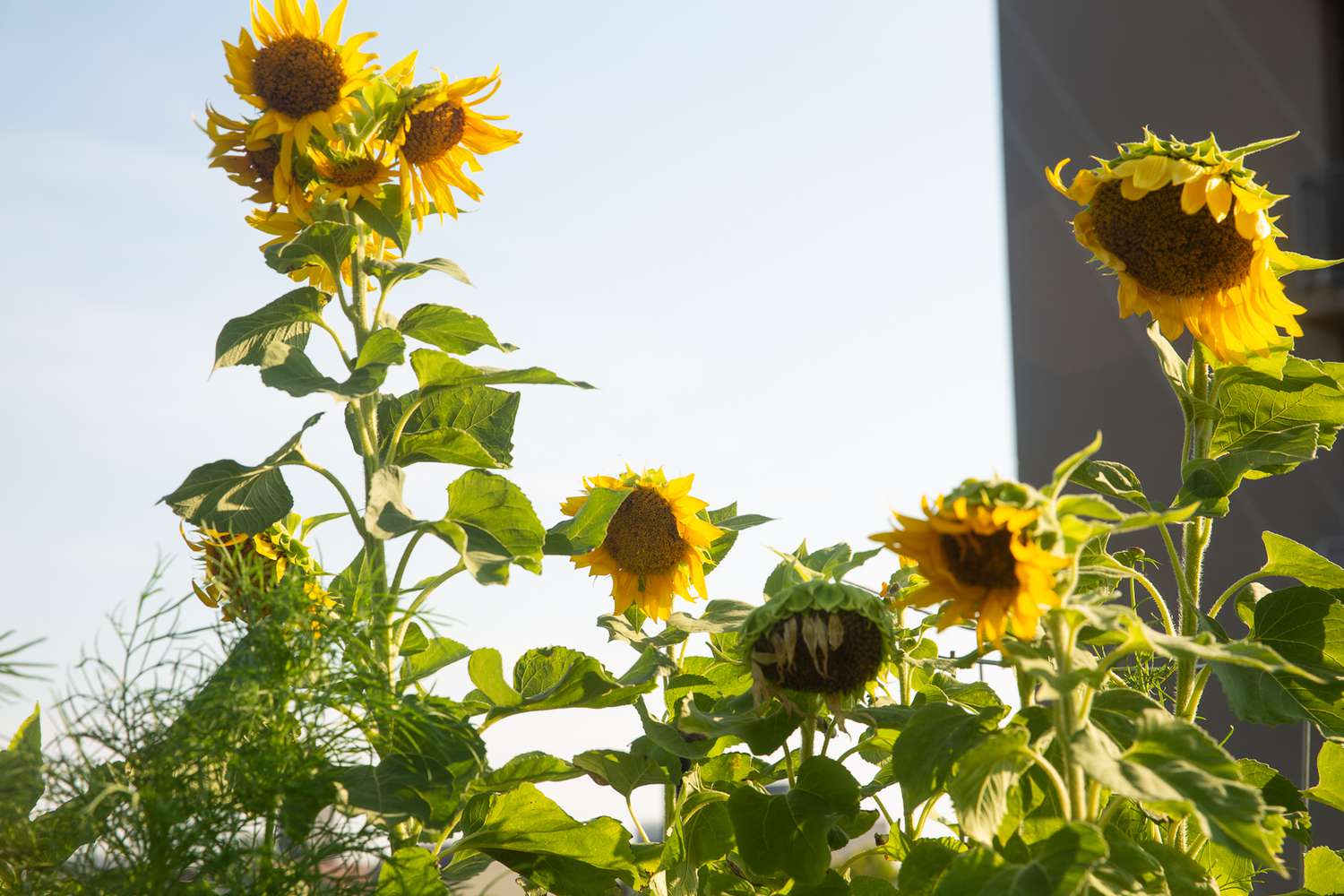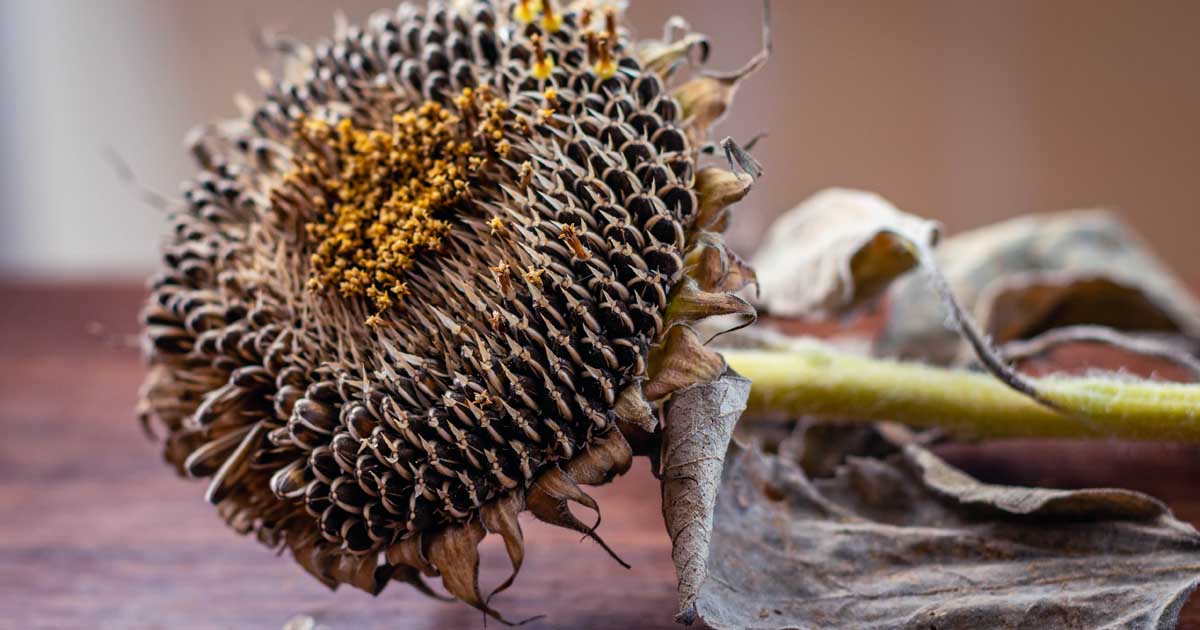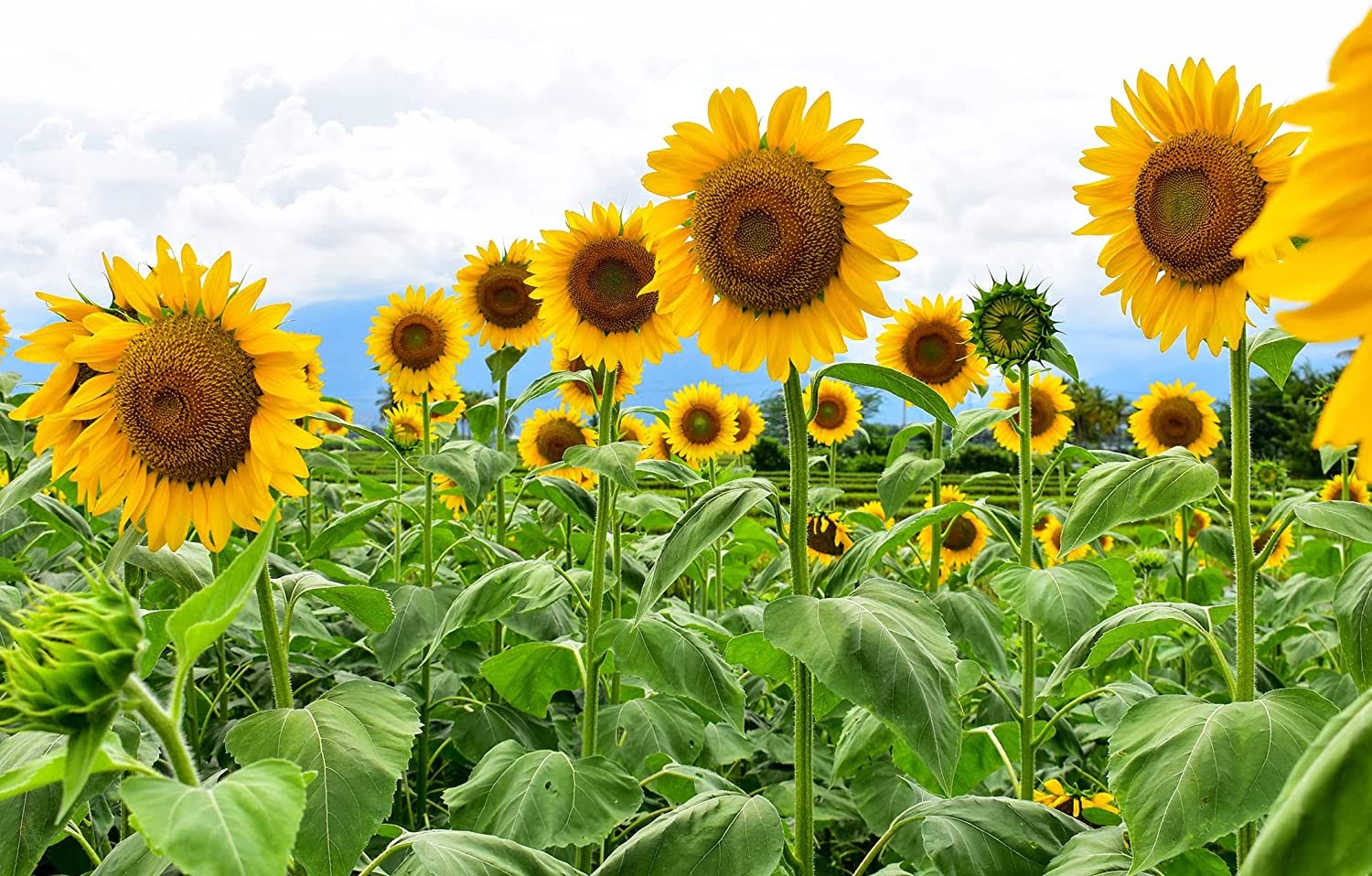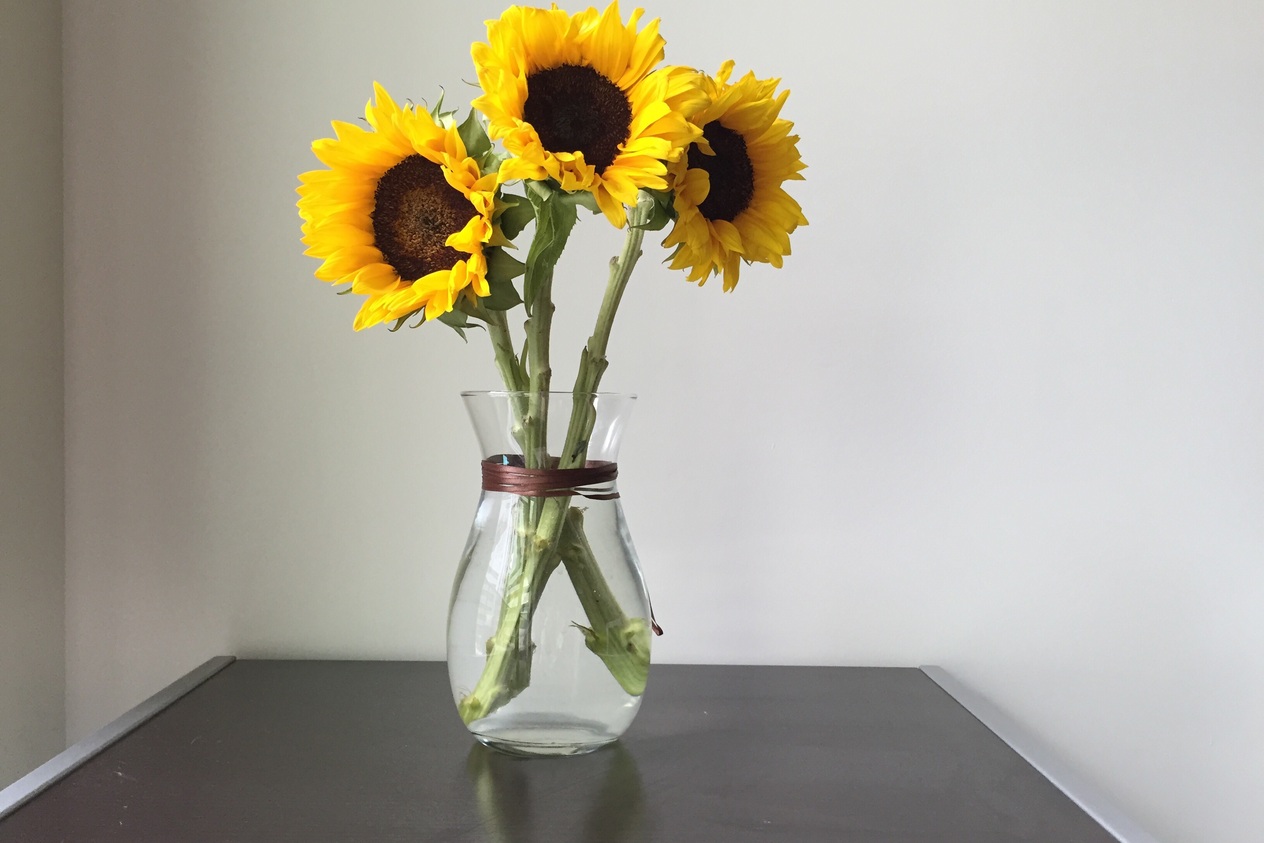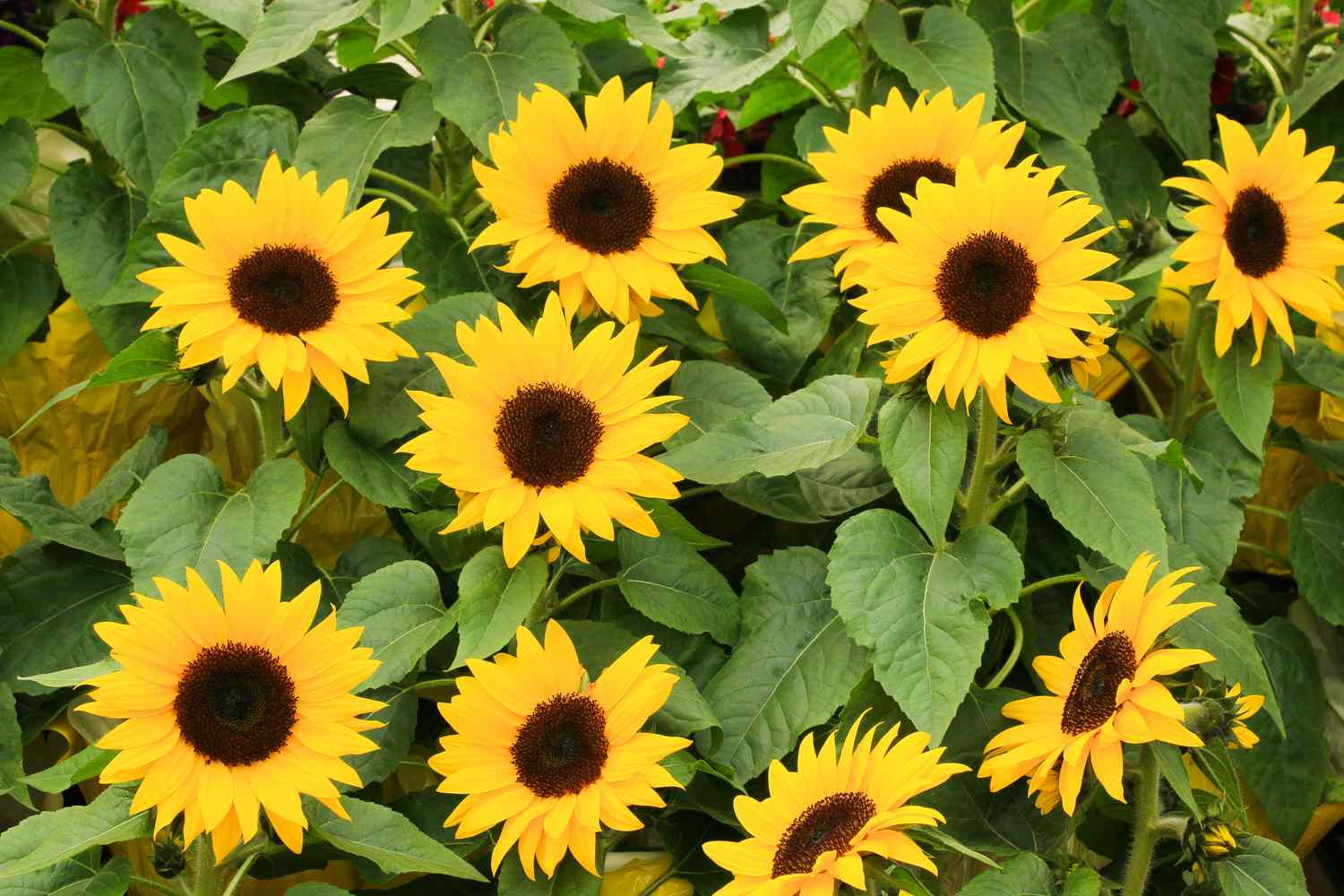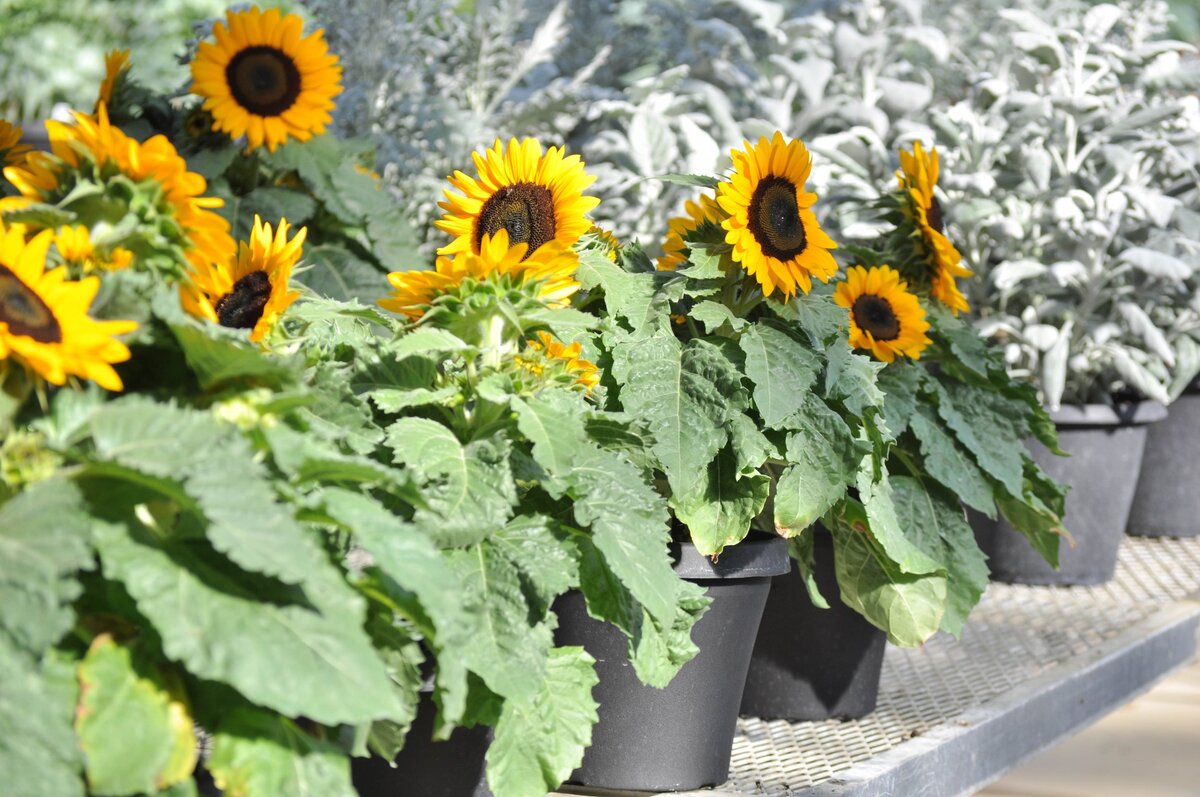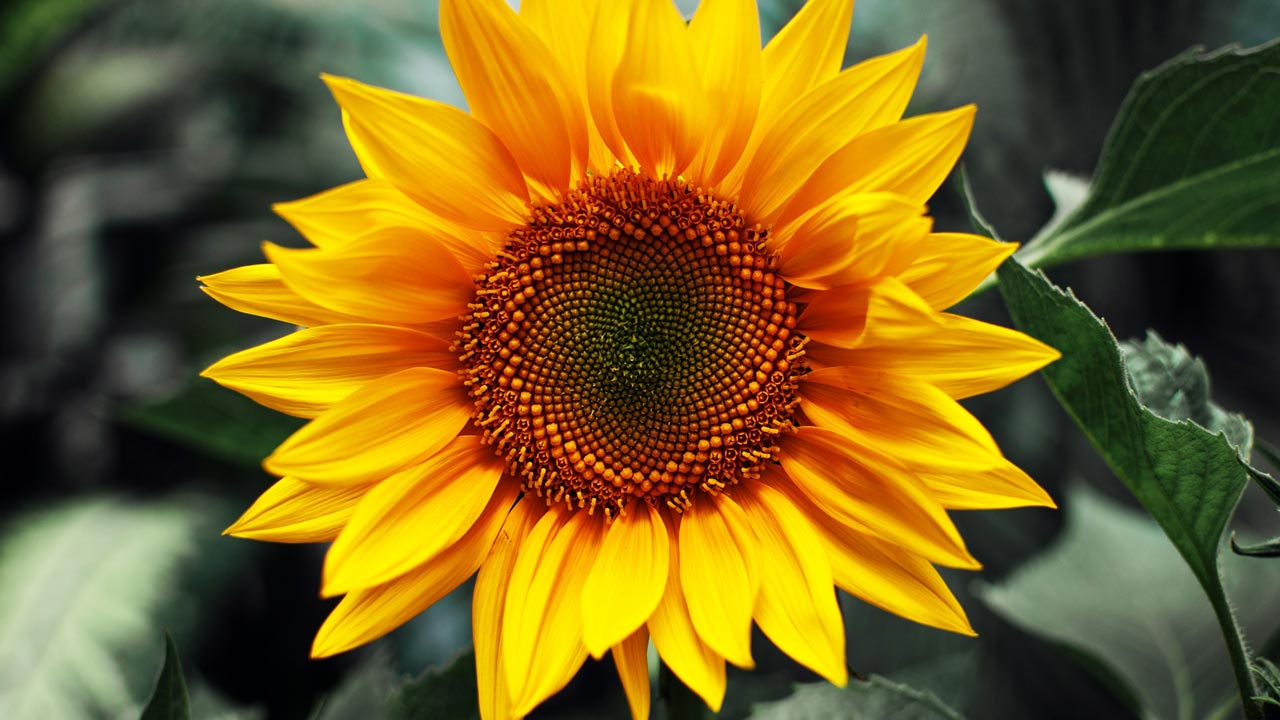Home>Types of Gardening>Ornamental Gardening>How Do Sunflowers Smell
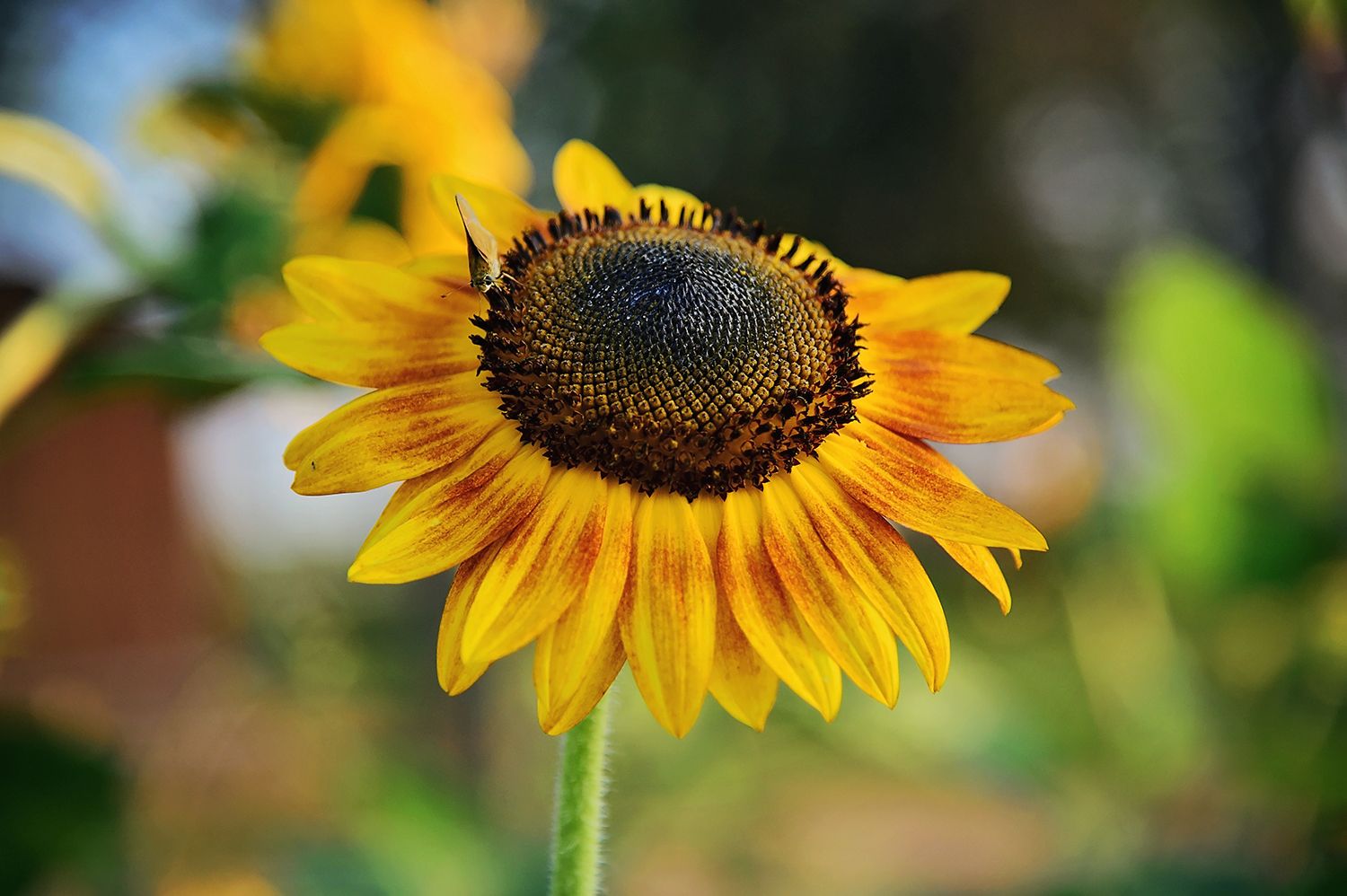

Ornamental Gardening
How Do Sunflowers Smell
Modified: January 22, 2024
Discover the delightful scent of sunflowers in your ornamental gardening journey. Learn how these vibrant flowers add fragrance and beauty to your garden.
(Many of the links in this article redirect to a specific reviewed product. Your purchase of these products through affiliate links helps to generate commission for Chicagolandgardening.com, at no extra cost. Learn more)
Table of Contents
- Introduction
- Understanding the Sense of Smell in Plants
- The Biology of Sunflowers’ Fragrance
- How Do Sunflowers Produce Scent?
- Factors Affecting the Smell of Sunflowers
- The Role of Sunflower Scent in Reproduction
- Benefits of Sunflower Fragrance to Other Organisms
- Human Perception of Sunflower Scent
- Utilizing Sunflower Fragrance in Various Industries
- Conclusion
Introduction
Welcome to the world of ornamental gardening, where beauty and creativity are brought to life through the cultivation of stunning plants and flowers. One of the delights of this art form is the ability to engage not only our visual senses but also our olfactory senses. The fragrance of flowers adds an enchanting dimension to any garden, creating a multisensory experience that captivates both nature enthusiasts and casual passersby.
In this article, we will delve into the fascinating world of sunflowers and explore the intriguing question: How do sunflowers smell? Sunflowers, with their vibrant yellow petals and towering stalks, are known for their striking appearance. But there is more to them than meets the eye. Their distinct and alluring scent adds another layer of allure to these already beloved garden plants.
As we explore the intricacies of sunflower fragrance, we will delve into the biology behind their scent production, the factors that can affect the intensity and composition of their fragrance, and the crucial role scent plays in their reproduction. We will also examine how sunflower scent benefits other organisms in the ecosystem and discuss the varying perceptions and uses of their fragrance by humans in different industries.
So, whether you are a passionate gardener looking to enhance your ornamental garden or simply curious about the aromatic world of sunflowers, join us on this aromatic journey as we uncover the secrets of sunflower fragrance. Get ready to fall in love with nature’s perfumed creation and see sunflowers in a whole new light.
Understanding the Sense of Smell in Plants
While the sense of smell is often associated with animals, it may come as a surprise that plants also possess olfactory capabilities. Plants have developed elaborate systems to detect and respond to different chemical cues in their environment, including the scents emitted by their own flowers.
Plants have specialized cells known as olfactory receptors, which are responsible for detecting volatile organic compounds (VOCs) released into the air. These compounds can originate from a variety of sources, such as flowers, fruits, or even neighboring plants. When a plant detects a specific VOC that is relevant to its survival and reproduction, it triggers a cascade of physiological and biochemical responses.
The ability of plants to perceive and respond to scents is not only a survival mechanism but also plays a crucial role in their reproductive success. By attracting pollinators, plants increase the chances of successful pollination and the production of viable seeds. In some cases, plants can even release different fragrances at different times of the day to attract specific pollinators that are active during those periods.
Understanding the mechanisms behind a plant’s sense of smell can provide valuable insights into its ecological interactions and evolutionary adaptations. It also allows us to appreciate the intricate and interconnected web of scent-based communication that exists in the natural world.
In the next section, we will explore the specific biology behind sunflower fragrance and unravel the mysteries of how these remarkable plants produce their captivating scent.
The Biology of Sunflowers’ Fragrance
Sunflowers (Helianthus annuus) belong to the Asteraceae family and are renowned for their vibrant yellow petals and impressive height. But what makes them even more captivating is their distinctive fragrance. Understanding the biology behind sunflower fragrance can shed light on the mechanisms that produce this delightful scent.
The primary source of the sunflower’s fragrance lies in their flowers. Sunflowers are composed of many individual flowers clustered together in a structure called the inflorescence. Each individual flower, known as a floret, possesses its own reproductive structures, including pistils and stamens. These florets are arranged in a spiral pattern around the central disk, giving sunflowers their recognizable appearance.
The production of fragrance in sunflowers is primarily the result of volatile organic compounds (VOCs) released by various parts of the flower, such as the petals, disk, and anther. These compounds are synthesized within the plant and are often specific to particular plant species.
One of the key components responsible for the pleasant fragrance of sunflowers is a compound called monoterpenes. Monoterpenes are volatile compounds consisting of two isoprene units and are known for their sweet and floral aromas. They contribute to the distinctive scent that attracts pollinators to the flowers.
In addition to monoterpenes, sunflowers also emit other VOCs such as benzenoids and phenylpropanoids. These compounds contribute to the complexity and diversity of the sunflower fragrance, creating a unique olfactory profile that is specific to this blooming beauty.
The production of these volatile compounds is regulated by various physiological and environmental factors. Changes in temperature, light intensity, humidity, and time of day can all influence the intensity and composition of sunflower fragrance. Additionally, genetic factors and the presence of certain pollinators can also impact the production of specific scent compounds in sunflowers.
Now that we have glimpsed into the biology of sunflower fragrance, let’s delve deeper into the process of scent production in these fascinating flowers and uncover the factors that influence the smell of sunflowers.
How Do Sunflowers Produce Scent?
Have you ever wondered how sunflowers produce their captivating scent? The process of scent production in sunflowers involves a combination of biochemical reactions and intricate physiological mechanisms that work together to create their alluring fragrance.
The production of scent in sunflowers begins with the synthesis of volatile organic compounds (VOCs) within specialized cells called glandular trichomes. These trichomes are hair-like structures found on the surface of the flower, particularly on the petals, disk, and anther. Within these trichomes, specific enzymes catalyze the conversion of precursor molecules into fragrant compounds.
One of the key biochemical pathways involved in scent production in sunflowers is the mevalonate pathway. This pathway is responsible for the synthesis of terpenoids, a class of compounds that includes monoterpenes – the primary contributors to the floral aroma of sunflowers. Enzymes such as terpene synthase play a crucial role in converting precursor molecules, such as geranyl pyrophosphate, into various terpenoids that contribute to the distinctive scent.
Once the fragrant compounds are synthesized, they are stored in specialized storage structures within the flower, such as the nectaries or oil glands. These storage structures act as reservoirs, slowly releasing the volatile compounds into the surrounding air.
However, the release of scent compounds is not solely dictated by the synthesis and storage processes. Environmental factors, such as temperature and light, also play a role in the volatility and duration of scent emission. Higher temperatures can accelerate the release of volatile compounds, intensifying the fragrance, while lower temperatures can slow down the process.
In addition to environmental factors, pollination also influences scent production in sunflowers. Research has shown that the presence of a specific pollinator can stimulate the release of certain scent compounds that are attractive to that particular pollinator. This targeted scent production helps increase the chances of successful pollination and reproduction in sunflowers.
So, the captivating scent of sunflowers is a result of a complex interplay between biochemical reactions, environmental conditions, and pollinators. This harmonious synchronization of factors creates a fragrant masterpiece that enchants the senses and draws in pollinators from afar.
Now that we understand how sunflowers produce their scent, let’s explore the various factors that can influence the intensity and composition of sunflower fragrance.
Factors Affecting the Smell of Sunflowers
The smell of sunflowers can vary depending on several factors that influence the intensity and composition of their fragrance. Understanding these factors can help gardeners and enthusiasts create optimal conditions for enhancing the scent of their sunflowers.
1. Genetics: The genetic makeup of a sunflower plant plays a significant role in determining the scent it produces. Different sunflower varieties may possess varying combinations of genes that control the production of specific volatile compounds, leading to distinctive fragrances.
2. Environmental Conditions: Sunflowers are sensitive to environmental factors, including temperature, light intensity, and humidity. Higher temperatures can increase the volatility and release rate of fragrance compounds, creating a stronger scent. Similarly, exposure to bright sunlight can enhance scent production, while low light conditions may result in a milder fragrance. Optimal humidity levels also contribute to the overall scent quality of sunflowers.
3. Time of Day: Sunflower scent production can exhibit diurnal patterns, with variations in fragrance intensity throughout the day. Many sunflowers release the most intense fragrance during the early morning or late afternoon, coinciding with peak pollinator activity. This timing corresponds to the availability of specific pollinators that are most active during those periods.
4. Pollinator Interactions: The scent profile of sunflowers can be influenced by the presence and preferences of different pollinators. Some scent compounds are more appealing to certain pollinator species, attracting them and increasing the likelihood of successful pollination. Consequently, the type and abundance of pollinators in a given area can impact the specific scent emitted by sunflowers.
5. Plant Health and Nutrient Availability: The overall health and nutritional status of sunflower plants can affect their scent production. Proper soil nutrients and appropriate fertilization practices can promote robust growth and enhance scent quality. Conversely, deficiencies or imbalances in essential nutrients may lead to reduced fragrance or altered scent profiles.
6. Stress Factors: Sunflowers may produce different scent profiles in response to stress conditions, such as insect damage or pathogen infection. Some scent compounds may be released as a defense mechanism to repel potential threats or attract beneficial organisms that help combat the stressors. These stress-induced scents may differ in composition and intensity compared to the baseline fragrance of healthy sunflowers.
By considering and manipulating these factors, gardeners and researchers can experiment with creating unique scent profiles, optimizing fragrance production, and attracting desired pollinators. Understanding the complexities of the factors that influence sunflower scent allows for greater appreciation of the remarkable interplay between plants and their environment.
Next, we will explore the crucial role that scent plays in sunflower reproduction and the fascinating relationship between sunflowers and their pollinators.
The Role of Sunflower Scent in Reproduction
The captivating scent of sunflowers serves a vital purpose in their reproductive process. By emitting fragrance compounds into the air, sunflowers attract and communicate with potential pollinators, facilitating successful pollination and ensuring the continuation of their species.
Pollinators, such as bees, butterflies, and certain species of flies, are drawn to the alluring scent of sunflowers. The scent acts as a long-distance advertisement, guiding pollinators towards the flowers and signaling the availability of nectar and pollen rewards. This scent-based communication is essential for the pollinators’ recognition and identification of suitable floral resources.
In addition to attracting pollinators, sunflower scent can also play a role in repelling unwanted visitors. Some floral fragrances contain compounds that deter herbivorous insects, reducing the risk of damage and ensuring that resources are directed towards reproductive success rather than being depleted by pests.
One intriguing aspect of sunflower scent is its specificity to certain pollinator species. Different pollinators have their own preferences for scent compounds, and sunflowers have evolved to produce scents that specifically attract their preferred pollinators. This phenomenon, known as pollinator-mediated scent specialization, ensures that the right pollinators are attracted to each sunflower species, maximizing the chances of effective pollination.
Timing is also a critical factor in sunflower scent production. Many sunflowers release their fragrance during their blooming period, synchronizing with the activity patterns of their targeted pollinators. By emitting scent when the preferred pollinators are most active, sunflowers increase the likelihood of successful pollen transfer between flowers.
The complex interplay between sunflower scent and pollinator behavior is further enhanced by visual cues. Bright yellow petals and the unique disk structure of sunflowers serve as additional signals, enhancing the visual appeal and guiding pollinators towards the nectar and pollen-rich reward at the center of the flower.
In summary, the scent of sunflowers plays a crucial role in their reproductive success. By attracting specific pollinators, repelling pests, and synchronizing with the bloom time, sunflowers ensure efficient pollen transfer and increase the likelihood of abundant seed production.
Next, let us explore the fascinating benefits of sunflower fragrance to other organisms in the ecosystem and how these flowers contribute to the biodiversity of their surroundings.
Benefits of Sunflower Fragrance to Other Organisms
While the captivating fragrance of sunflowers attracts pollinators for their reproductive needs, it also offers a range of benefits to other organisms in the ecosystem. Sunflower fragrance serves not only as a means of communication but also as a source of food and shelter for various organisms.
1. Pollinators: Pollinators such as bees, butterflies, and hummingbirds rely on the scent of sunflowers to locate and collect nectar and pollen. The availability of these resources sustains the pollinators and supports their populations. In turn, these pollinators play a crucial role in the pollination of other plants, contributing to their reproduction as well.
2. Beneficial Insects: The fragrance of sunflowers can attract beneficial insects such as predatory wasps and ladybugs. These insects feed on pest species, helping to naturally control populations of potential garden and crop pests. By providing a fragrant “dinner bell,” sunflowers actively support beneficial insect populations, which ultimately benefits gardeners and farmers alike.
3. Birds: The bright petals and distinctive scent of sunflowers also attract birds, particularly seed-eating species like finches and sparrows. These birds feed on the seeds found in the sunflower heads, contributing to seed dispersal while also providing a valuable food source for avian populations.
4. Small Mammals: Sunflowers can also benefit small mammals, such as rodents and squirrels. The seeds produced by sunflowers serve as a nutritious food source, helping sustain these mammals throughout the year. Additionally, the strong stems and thick foliage of sunflowers provide cover and shelter for small mammals, contributing to their survival and well-being.
5. Aesthetics: Beyond the ecological benefits, sunflowers have an aesthetic appeal that brings joy and beauty to humans. The vibrant colors and sweet fragrance of sunflowers evoke positive emotions and enhance the overall visual experience of a garden or landscape. Sunflowers have become iconic symbols of summer and are widely grown for their ornamental value, delighting both gardeners and enthusiasts.
With their fragrance acting as a magnet for pollinators, a source of nourishment for birds and mammals, and contributing to the overall biodiversity of the ecosystem, sunflowers play a vital role in supporting and sustaining numerous organisms. Their generosity extends beyond their personal reproduction to benefit a variety of species, creating a harmonious and interconnected web of life.
In the next section, we will explore the human perception of sunflower scent and how it is utilized in various industries.
Human Perception of Sunflower Scent
The sweet, floral aroma of sunflowers is not only appealing to pollinators and other organisms but also captivates human senses. Sunflower scent triggers a range of emotions and associations, making it a beloved fragrance in various contexts.
For many people, the scent of sunflowers is reminiscent of warm summer days, bright sunlit fields, and joyful memories. Its fresh and uplifting aroma evokes feelings of happiness, positivity, and nostalgia. The scent of sunflowers has become ingrained in the cultural imagination as a symbol of vitality and optimism.
In addition to its emotional impact, the scent of sunflowers has practical applications in various industries:
1. Perfumery: The tantalizing fragrance of sunflowers is sought after by perfumers for its unique characteristics. It can be used as a standalone note to create floral fragrances or blended with other scents to add depth and complexity. Sunflower fragrance is often used in perfumes, body lotions, and other cosmetic products, adding a touch of natural floral beauty.
2. Aromatherapy: The therapeutic properties of sunflower scent are appreciated in the field of aromatherapy. The fragrance is believed to have mood-lifting and stress-relieving effects, promoting a sense of calmness and well-being. Inhaled or diffused, sunflower scent may provide relaxation and help create a tranquil environment.
3. Culinary Uses: Although sunflowers themselves are not commonly used in culinary applications, the mild, nutty scent of sunflower seeds is widely enjoyed. These edible seeds can be incorporated into various dishes, providing texture, flavor, and nutritional benefits.
4. Home Decor: In the realm of home decor, sunflower-scented products such as candles, air fresheners, and potpourri can infuse living spaces with a delightful, summery ambiance. The fragrance creates a warm and inviting atmosphere, bringing a touch of nature indoors.
By harnessing the captivating scent of sunflowers, various industries tap into its aromatic allure, enhancing products with a natural and uplifting essence. The versatility of this fragrance makes it a cherished and commercially viable option in different domains.
Whether used for personal enjoyment, as an ingredient in cosmetic products or for creating a relaxing ambiance, the scent of sunflowers continues to captivate and inspire. Its pleasant aroma intertwines with human experiences, accentuating moments of joy and adding a touch of nature’s beauty to everyday life.
As we conclude our exploration of sunflower scent, we have discovered not only the biological and ecological significance of this fragrance but also its impact on human perception and the various ways it enriches our lives.
Utilizing Sunflower Fragrance in Various Industries
The captivating scent of sunflowers has found its way into various industries, where it is utilized for its aromatic properties and appealing qualities. From cosmetics to home products, the versatility of sunflower fragrance makes it a valuable ingredient in different applications.
1. Cosmetics and Perfumery: Sunflower fragrance is a popular choice in the cosmetics and perfumery industry. Its sweet, floral notes add a touch of natural elegance to perfumes, body lotions, and soaps. The scent of sunflowers is often associated with a sense of freshness and radiance, making it a favored choice for those seeking a light and uplifting aroma.
2. Aromatherapy: Sunflower scent is also used in the realm of aromatherapy, where it is believed to have mood-enhancing and stress-relieving properties. The fragrance is incorporated into essential oils and diffusers, creating a calming and soothing atmosphere. In aromatherapy practice, sunflower fragrance is used to promote relaxation, reduce anxiety, and uplift moods.
3. Home Fragrances: The enchanting aroma of sunflowers is embraced in the realm of home fragrances. Scented candles, room sprays, and potpourri often feature the delightful fragrance of sunflowers. These products help infuse living spaces with a warm and inviting ambiance, evoking the essence of a sunny summer day and bringing a sense of nature indoors.
4. Food and Beverage Industry: While sunflowers themselves are mainly used for their seeds, these seeds possess a mild, nutty fragrance that adds an interesting element to various culinary creations. Sunflower seed oil is commonly used in cooking and baking, imparting its subtle aroma to dishes. Sunflower flavor extracts are also incorporated into confections, beverages, and other food products to enhance their taste and olfactory appeal.
5. Floral Design: Sunflower scent is cherished by floral designers and enthusiasts who appreciate its unique fragrance. Sunflowers are often incorporated into floral arrangements and bouquets, adding their delightful scent to the overall sensory experience. Their fragrance adds an extra layer of beauty and charm to floral compositions, making them a favorite choice for special occasions and events.
The utilization of sunflower fragrance in various industries highlights its versatility and popularity among consumers. From personal care and well-being to home decor and culinary delights, the captivating scent of sunflowers has made its mark.
As we explore the applications of sunflower fragrance in different industries, it becomes evident that the enchanting aroma of these beautiful blooms has woven itself into the fabric of our everyday lives, enriching our sensory experiences and creating moments of joy and delight.
Conclusion
Sunflowers, with their vibrant colors and towering presence, have long been celebrated for their beauty in ornamental gardening. However, their appeal goes beyond their visual charm. The captivating scent of sunflowers adds an extra layer of enchantment, engaging our olfactory senses and creating a multisensory experience.
In this article, we have explored the fascinating world of sunflower fragrance, diving into the biology behind their scent production, the factors that influence the smell of sunflowers, and the crucial role scent plays in their reproduction. We have discovered how sunflowers attract pollinators, provide food and shelter for other organisms, and bring joy to humans with their delightful aroma.
From a biological perspective, sunflowers utilize scent as a means of communication, attracting pollinators to ensure successful reproduction. Their fragrance is influenced by genetic factors, environmental conditions, and the preferences of specific pollinators. Additionally, sunflower scent contributes to the overall biodiversity of the ecosystem, benefiting various organisms through food sources and shelter.
Moreover, the scent of sunflowers offers an array of possibilities in several industries. The fragrance is sought after in perfumery, cosmetics, and aromatherapy, where it adds a touch of natural elegance and promotes a sense of well-being. In the realm of home decor, sunflower-scented products create a warm and inviting ambiance. Even in the culinary world, the aroma of sunflower seeds adds a distinct nuance to various dishes.
As we conclude this aromatic journey, we are reminded of the immense beauty and interconnectedness of the natural world. Sunflower fragrance not only enhances our gardens and landscapes but also brings joy and inspiration to our daily lives. It is a testament to the incredible adaptations and intricate interactions that exist within the realm of ornamental gardening.
So, the next time you come across a sunflower, take a moment to breathe in its exquisite scent, and let yourself be transported to a world of natural beauty and wonder.
